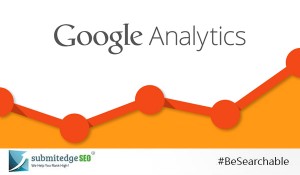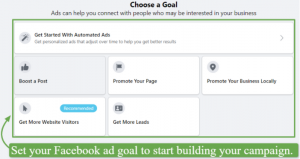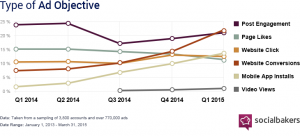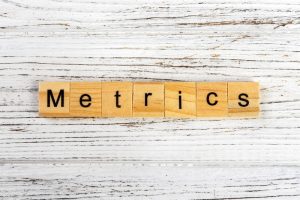Microsoft Quietly Builds Economic Recovery Model To Support Digital Advertising, Predictive Analytics
Microsoft’s analytics team believes marketers who understand the economy better can improve search and digital media campaigns, so the company plans to integrate the reflection of real-life events into the data it publishes.
This week, Joe Berke, business solutions specialist in the analytics insights group within Microsoft Advertising, talked about taking an econometrics view of the recovery to try and understand how COVID-19 impacts the Bing marketplace and shifts search, by analyzing query data and demand signals such as the budgets and keywords put into Microsoft Ads.
The data highlighted the nuance of the verticals that were more sensitive than others. Berke called the findings “astounding.”
Data sample sizes to create the models ranged from several hundred thousand to more than 1.2 billion searches, depending on the vertical. The majority of the results are 95% significant, he said.
Signals focused on leading economic indicators such as confirmed COVID-19 cases, the S&P 500, unemployment claims, the 15-year mortgage rate, uncertainty indexes, and the effective federal funds rate.
These indicators were compared with Microsoft’s supply-and-demand data within the Bing marketplace.
Then Microsoft took a look at how the factors against queries and clicks impacted big-box retail, apparel, food and grocery, beauty and personal care, finance, home and garden, health and telecom, among others.
Microsoft wanted to find the common denominator across all markets, from B2B to B2C and from small to large companies — not only Bing clients, but all who use digital media.
“We saw some stability in evergreen markets like health and wellness,” he said. “Outside of COVID vaccine searches, people still need to maintain their health.”
In retail there were spikes in DYI in the spring. In CPG products, the spikes were there as people stockpiled, but once unemployment began to hit, people put self-care at the top of the list. The data also showed a lot of searches, but not as many conversions.
“Maybe people were having fun searching for things we can’t afford, they were just appealing,” he said. “They might not be buying, but they’re showing shopping behavior. How does that shopping behavior turn into a purchase maybe post-COVID or possibly later in quarantine?”
Berke said this is part of understanding the recovery and how to respond to future campaigns. The verticals were also connected to Maslow’s Hierarchy of Needs, like the need for the internet and telecommunication. He said the group plans to publish reports and blog posts to help marketers through the recovery cycle.
Microsoft only has nine months of training data for the model, so it will take time to jump into predictive analytics. “We’re still tweaking the model,” he said. “The next step will be predictive.”
(22)
Report Post



